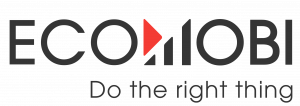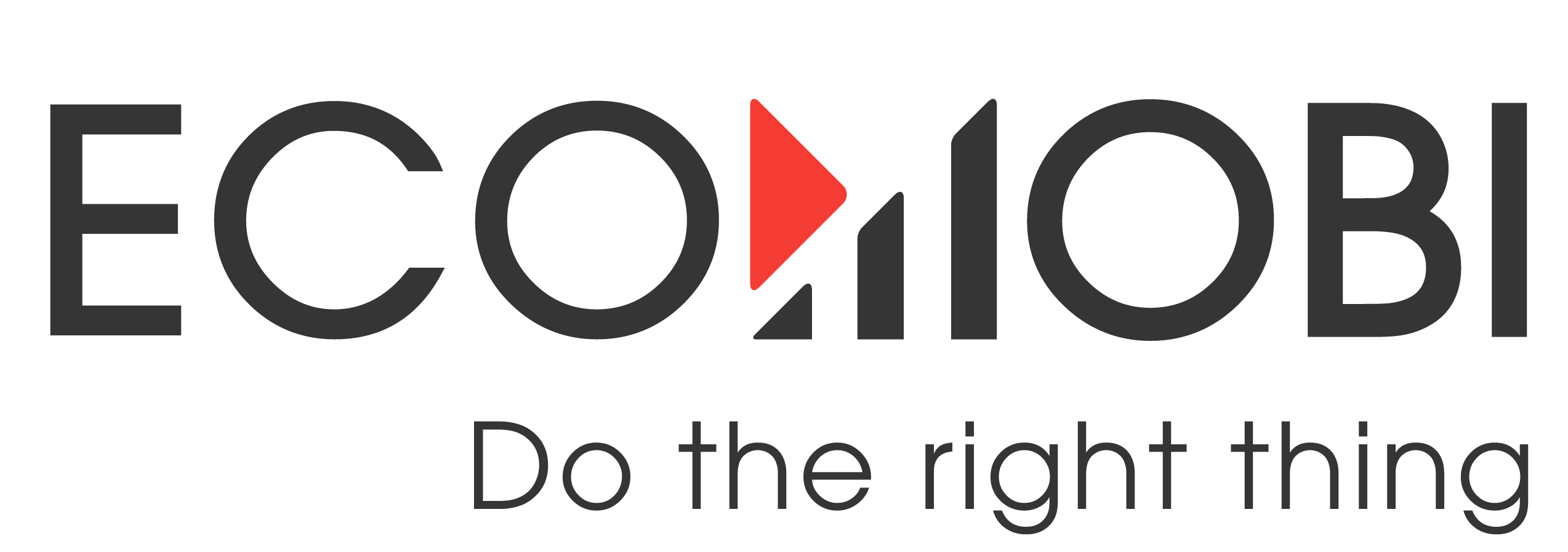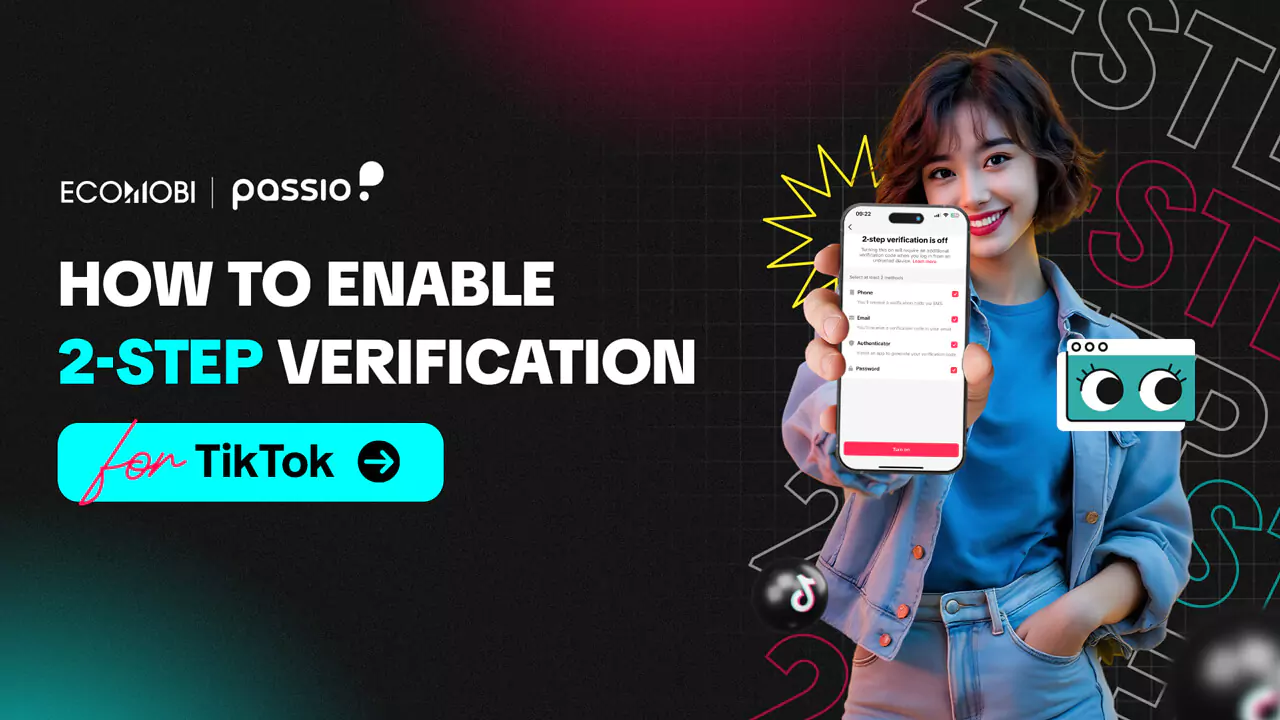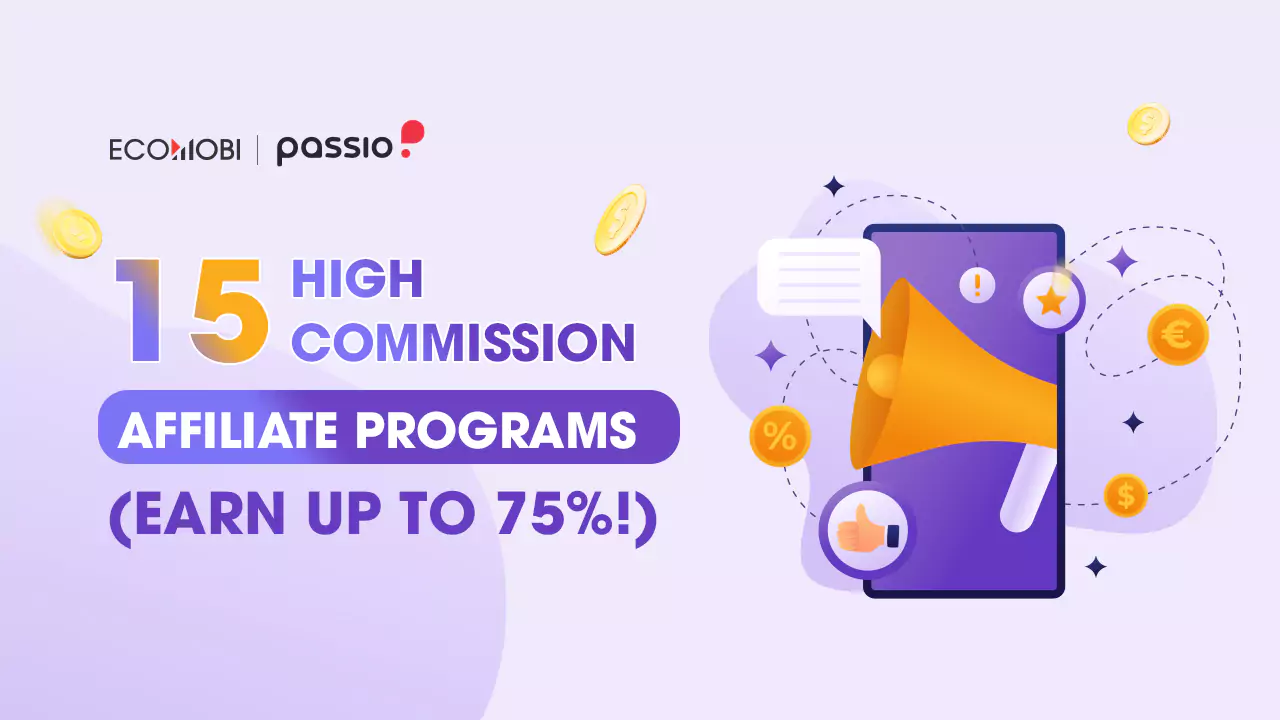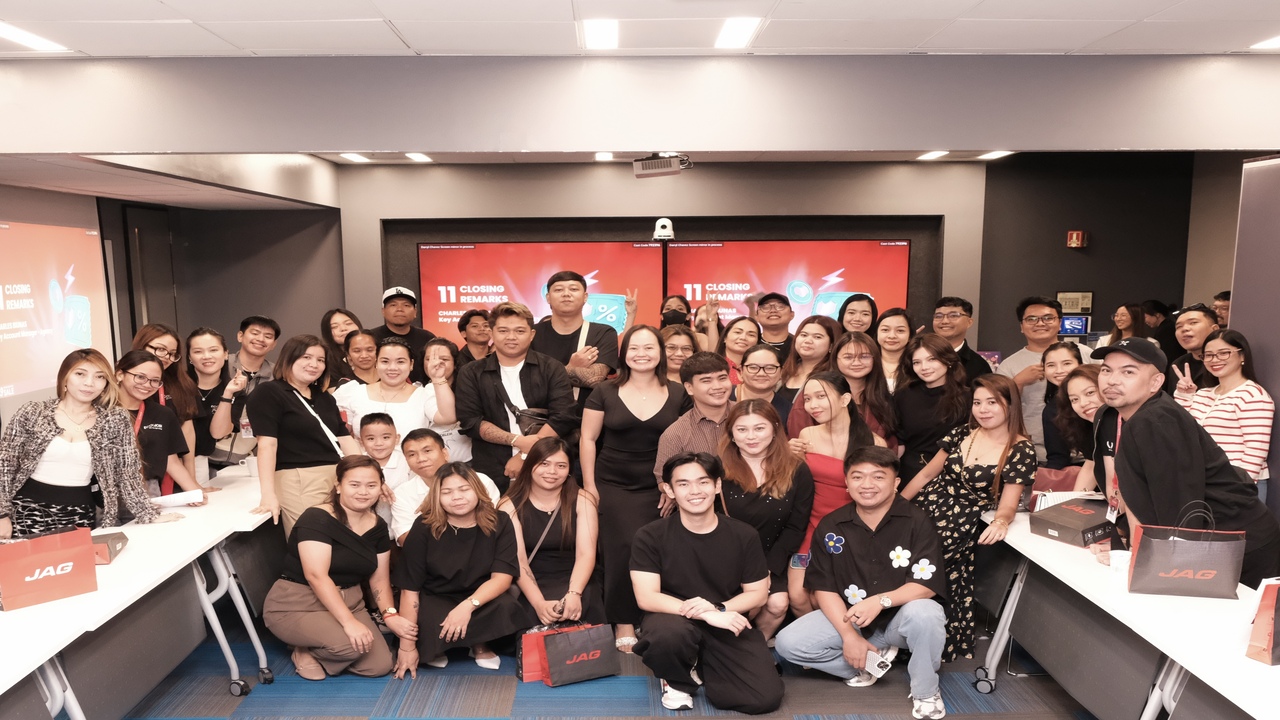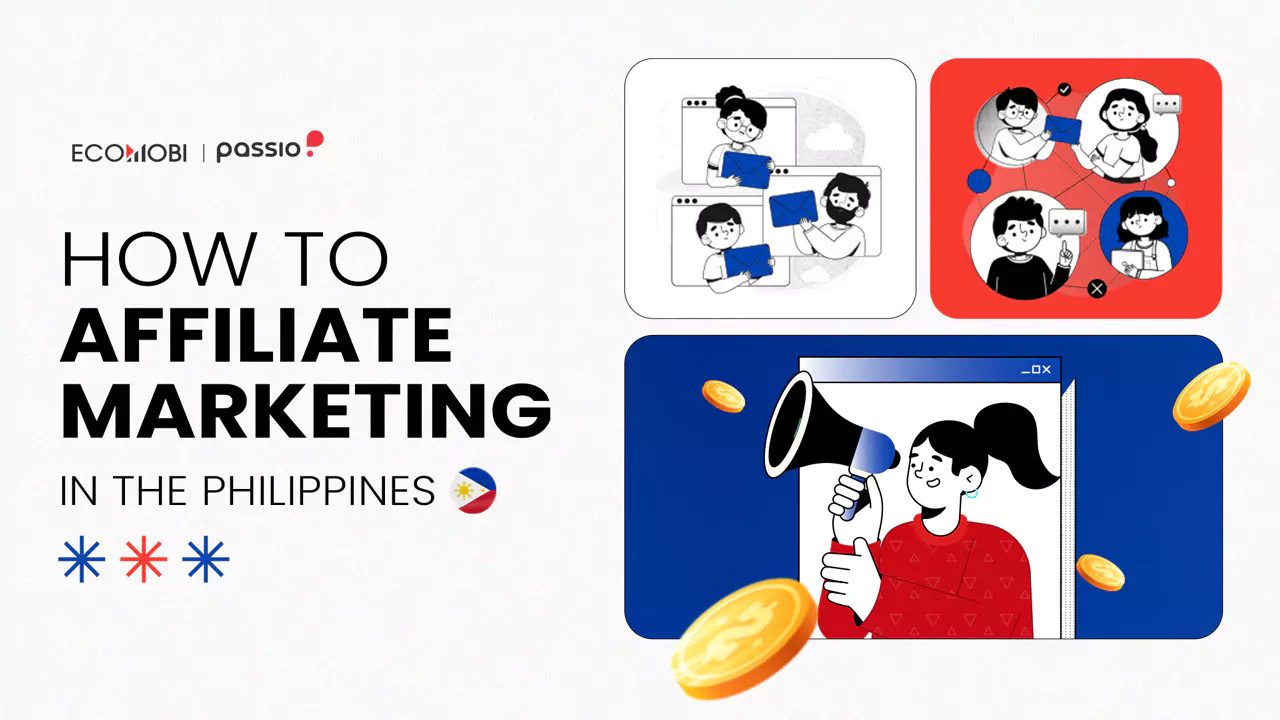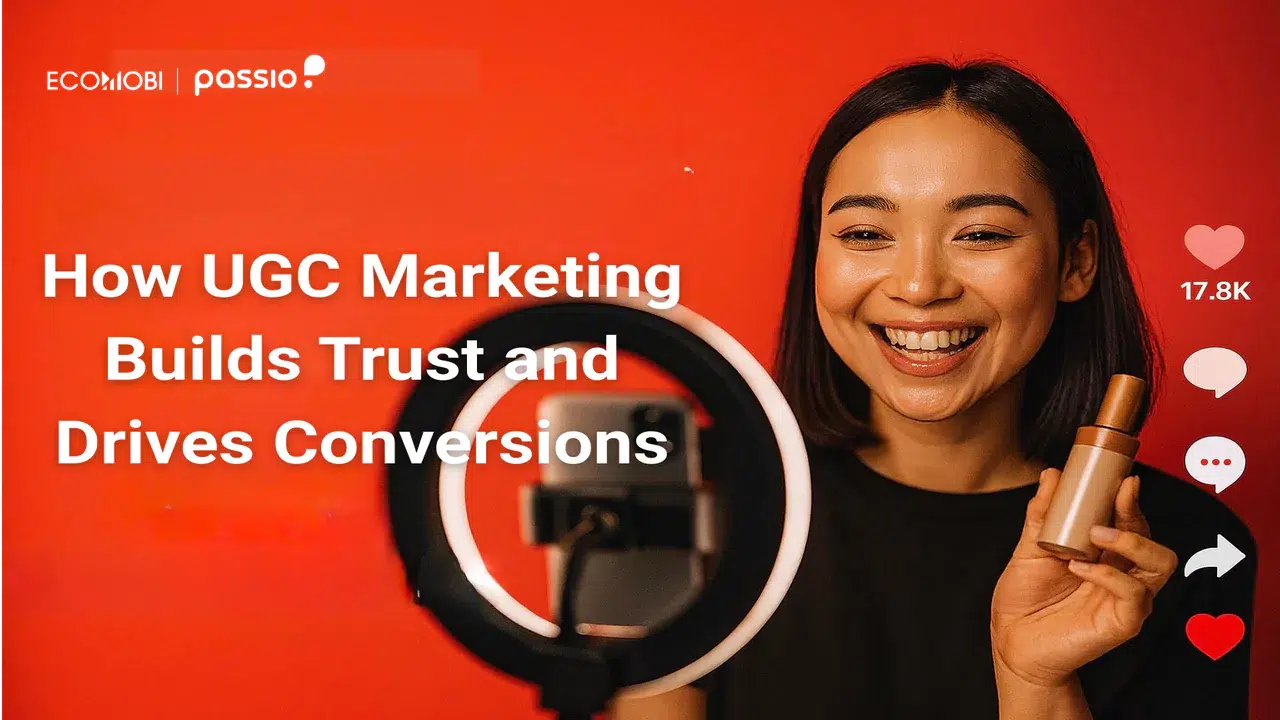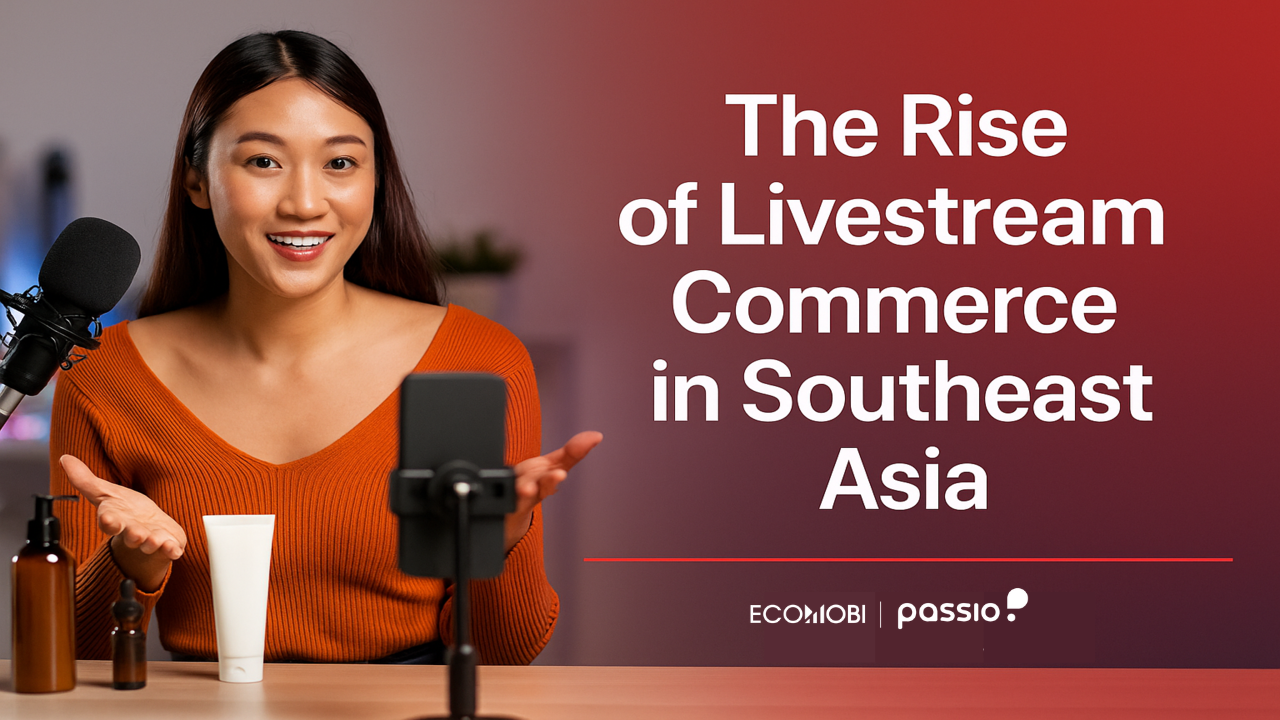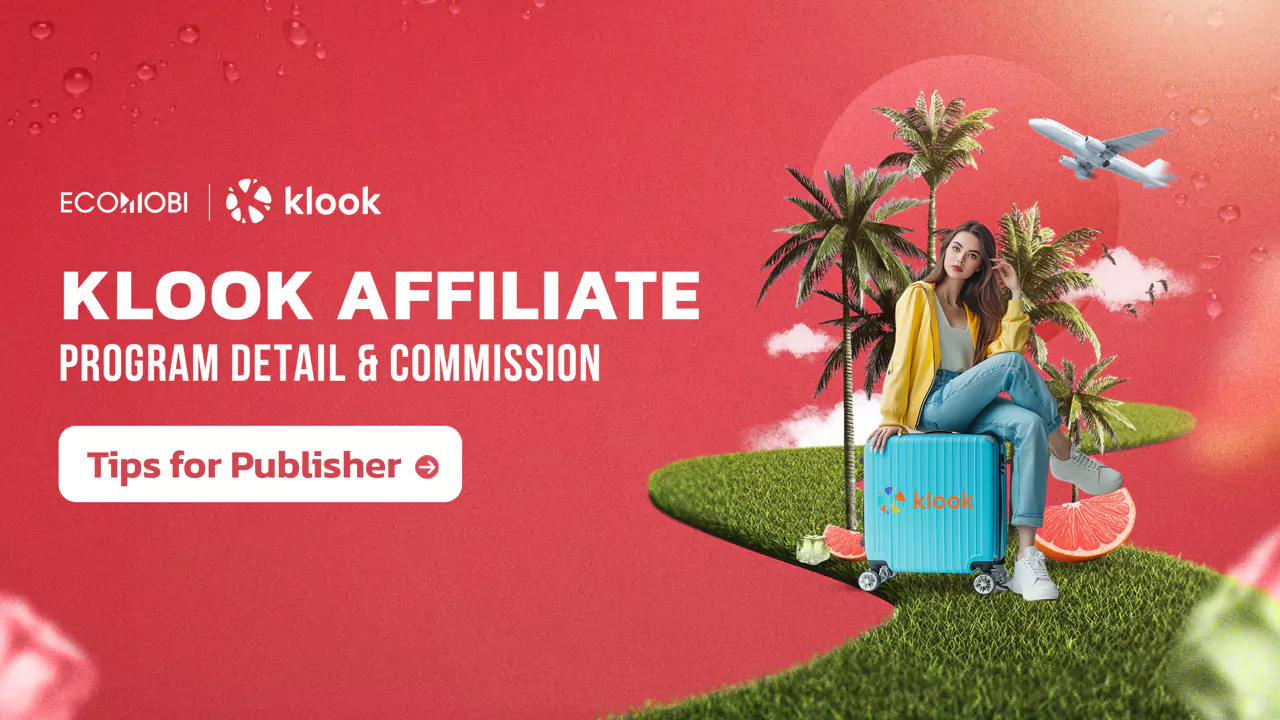In the dynamic landscape of digital marketing in 2025, with the rise of AI, short-form videos, and voice search, does the classic AIDA model still hold its ground? The answer is a resounding YES, but with a modern twist. In this guide, Ecomobi presents a comprehensive breakdown of the enhanced AIDA Model 2.0. We’ll walk you through everything from A to Z, offering actionable SEO strategies and user experience tips designed to sustainably boost your Click-Through Rate (CTR) and Conversion Rate.
What is the AIDA Model and why is it effective?
The AIDA model is a proven marketing framework consisting of four stages: Attention, Interest, Desire, and Action. It guides customers from initial awareness to making a purchase decision.
Why has the AIDA model remained one of the most enduring marketing tools despite the rise of new channels and technologies? The answer is simple: it aligns with natural human behavior. Think about it – people can’t buy what they don’t know exists (Attention). They won’t act unless they’re interested (Interest) and emotionally invested (Desire). By optimizing messaging at each stage, marketers can smoothly guide customers through the sales funnel using the AIDA model.
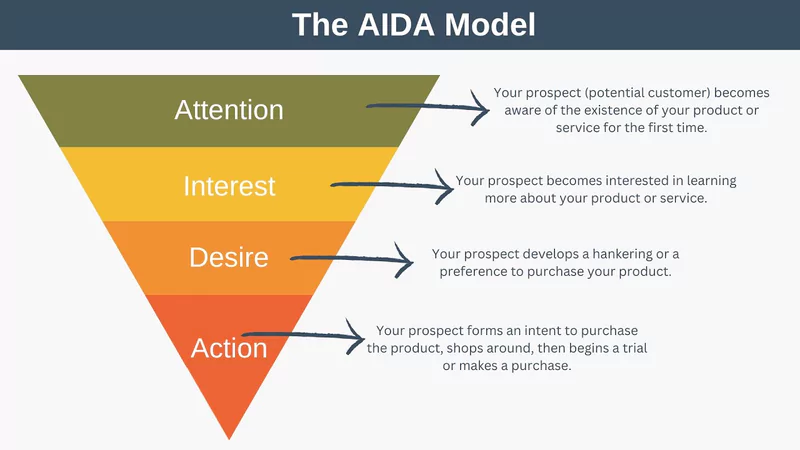
However, in an age shaped by AI and big data, AIDA is no longer just a linear funnel. It has transformed into a dynamic, flexible framework that helps guide audiences from passive browsing to proactive engagement. AIDA Model 2.0 not only captures attention but also builds deeper relationships with potential customers. According to HubSpot (2024), campaigns leveraging the AIDA model combined with AI personalization can boost conversion rates by up to 25%.
Top marketing trends for 2025:
- AI-Driven AIDA: Use AI tools like Jasper to generate personalized content during the Interest and Desire stages.
- Video-First content: Short-form videos on TikTok and YouTube Shorts now account for 70% of ad traffic (Wyzowl, 2025).
- Voice search optimization: By 2025, 40% of all searches will be voice-based, requiring AIDA-style content to align with natural, conversational queries.
In-depth analysis of the AIDA model 2.0
To apply the AIDA model effectively, let’s break down each stage and its objectives:
Attention: Grab their eyes in the first 3 seconds
How do you capture attention with the AIDA model? Use bold headlines, striking visuals, and personalized content. In today’s competitive digital space, you have just 3 – 5 seconds to make an impression. According to Nielsen (2024), creative elements account for 50% of purchase decisions.
Practical tips for affiliates and marketers:
- Compelling headlines: Use numbers, curiosity-driven questions, or strong benefits. For example, instead of “New Phone Review,” try “iPhone 15 Pro Max review: Is it worth the upgrade?” (question-focused, targeted).
- Eye-catching visuals: High-quality images, vibrant colors, expressive faces, or intriguing elements are key. Example: A close-up of the phone, the model name/logo, and your surprised or excited facial expression. Title: “REVIEW [Model Name]: Can It Beat the Competition? (BUY or BYPASS?)”
- Shock or Pain-point openers: Start with a story, a relatable problem, a surprising statistic, or a thought-provoking question. Example: “Only 5% of users know this trick to save on electricity bills.”
- Viral short videos: The AIDA model thrives in the first few seconds of short-form videos with vivid visuals, dynamic audio, and concise messaging.
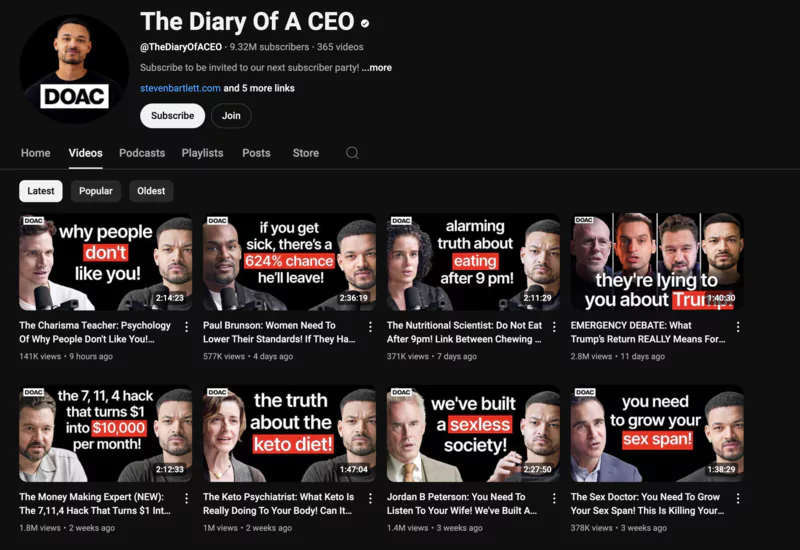
Learn More:
Interest: Keep audiences hooked and curious
Once you’ve grabbed attention, the AIDA model’s Interest stage focuses on delivering valuable information, solving problems, or sparking curiosity to keep audiences engaged.
Strategies for Affiliate Marketers and Content Creators:
- Problem-Solution Content: Highlight a customer’s pain point, then position your product or service as the ideal solution. For example, for an anti-aging product, discuss concerns like wrinkles or sagging skin, then show how the product delivers visible results.
- Focus on Benefits, Not Just Features: Instead of listing specs (e.g., “24MP camera”), emphasize the user experience: “Capture every moment in stunning detail, even in low light, with a 24MP camera.”
- Storytelling: Share relatable or aspirational stories that help audiences visualize how the product transforms their life or work.
- Credible Data: Use statistics to build trust. Example: “80% of users report noticeable improvements after just two weeks,” citing sources like Nielsen or Statista.

Desire: Turn “I Like It” into “I Need It”
The Desire stage of the AIDA model ignites emotions, transforming mild interest into a burning need to own the product or service.
Tips for affiliate marketers and content creators:
- Emphasize Emotions and Experiences: Highlight the emotional payoff, not just physical benefits. For a course, focus on “confidence in mastering new skills” or “career advancement” rather than just the content.
- Social Proof 2.0: People trust what others trust. Use video testimonials on TikTok or Instagram Reels instead of text reviews. BrightLocal reports that 93% of consumers read online reviews before buying.
- Create Scarcity or Urgency: Leverage FOMO with limited-time offers or exclusive deals, e.g., “Only 100 units left!”
Example: Apple excels at creating desire by emphasizing sleek design, user experience, and a sense of belonging to a creative community, using emotive visuals and music rather than technical specs.
Action: Drive conversions with clear direction
The final stage of the AIDA model, Action, pushes customers to take immediate steps, turning desire into tangible results.
Tips for affiliate marketers and content creators:
- Bold, Clear CTAs: Make Call-to-Action buttons or text prominent, with strong, specific language like “BUY NOW,” “SIGN UP TODAY,” or “GET YOUR EXCLUSIVE DEAL HERE.”
- Urgency and Exclusivity: Use phrases like “X% off for the next [X] hours!” or “Exclusive gift with sign-up.”
- Streamlined Process: Ensure the conversion process is seamless with minimal steps.
- Build Trust: Offer money-back guarantees, free trials, or 24/7 support to reduce hesitation.
- Strategic CTA Placement: Position CTAs where users are ready to act, such as after key benefits or at the end of a video.
Example: Netflix’s “Join Free for a Month” CTA leverages the appeal of “free” and a low-risk trial to drive sign-ups.

Applying the AIDA Model for Publishers and Content Creators
As an affiliate marketer or content creator, the AIDA model gives you full control over your content and messaging, making it a powerful tool to boost clicks and CTR.
Scenario: You’re a tech review content creator promoting a new smartphone.
- Attention (YouTube Thumbnail/Title):
Thumbnail: Bold image of the phone, text like “New [Model Name] Phone,” and your excited expression.
Title: “REVIEW [Model Name]: Outshines Competitors? (BUY OR SKIP?)” - Interest (Video Intro):
Start with a question: “Looking for a powerful phone with a stunning camera at an affordable price?”
Highlight key features and unique selling points, like “2-day battery life” or “ultra-smooth display.”
Tease: “In this video, I’ll share 5 reasons why [Model Name] could be your best pick in this price range.” - Desire (Video Main Content):
Dive into features with a focus on user experience:- Camera: Show real footage and compare photos to competitors. “See the vibrant colors and details—this outperforms other phones in its class.”
- Battery: Display a day-long usage test. “I gamed, streamed, and scrolled TikTok all day, and still had 30% battery left!”
- Performance: Play a high-demand game with no lag. “The latest chip ensures smooth gaming and multitasking.”
Include social proof: “90% of users rate [Model Name] as ‘worth every penny,’ per XYZ Tech.”
- Action (Video Outro/Description):
Clear CTA: “Want the [Model Name]? Click my affiliate link below for a discount and exclusive gift!”
Urgency: “This deal is only valid during the launch week—don’t miss out!”
Link to related blog posts to keep the customer journey alive.
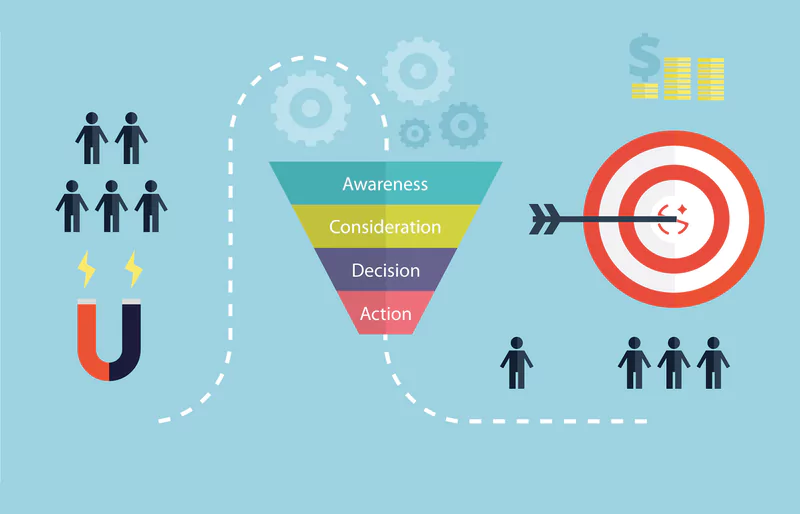
Key considerations when applying the AIDA Model
While the AIDA model is incredibly powerful, here are a few best practices to keep in mind:
- Non-linear journey: Customer journeys aren’t always linear. Users may revisit stages or skip ahead. The AIDA model is a guide, not a strict rule.
- Know your audience: Each AIDA stage should be tailored to your target audience. Language, imagery, and social proof must resonate with their demographics and interests.
- Test and optimize: There’s no one-size-fits-all solution. Use A/B testing to experiment with different headlines, CTAs, and benefit presentations. Track your CTR and conversions to refine your strategy.
- Combine with other models: Consider blending AIDA with models like PAS (Problem-Agitate-Solution) for persuasive storytelling, or AIDCAS (adding Confidence and Satisfaction) to foster long-term trust and loyalty.
AIDA Model 2.0 Checklist (2025)
To make this guide a game-changer, use this AIDA model 2.0 checklist:
- Attention: Craft bold headlines, vibrant visuals, and punchy openers to hook users in 3–5 seconds.
- Interest: Deliver value with problem-solving content, benefits-focused messaging, and engaging stories.
- Desire: Ignite emotions with experiential benefits, social proof, and urgency tactics.
- Action: Use clear, urgent CTAs, streamline conversions, and build trust with guarantees.
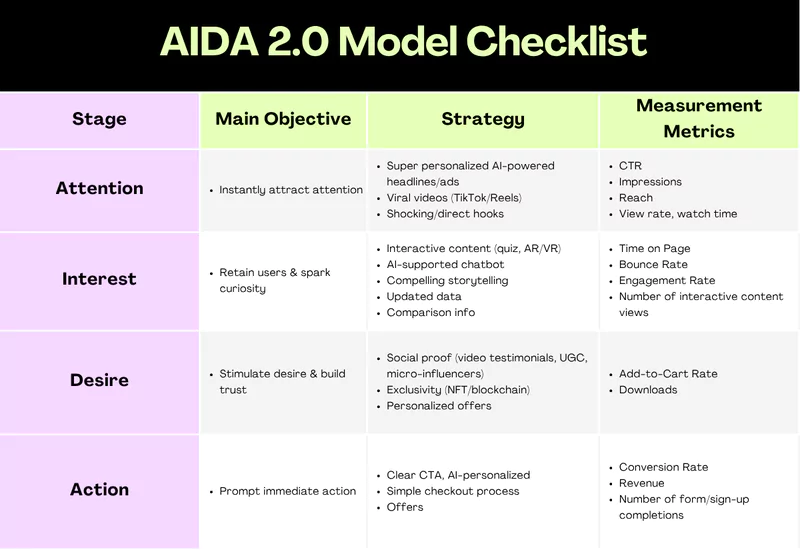
The AIDA Model 2.0 is more than a marketing framework – it’s a strategic tool adapted for the digital age. With AI-powered personalization, video-first content, and user-centric messaging, publishers and affiliate marketers can significantly boost CTR and revenue. By mastering each stage of the AIDA funnel and continuously optimizing your content, you’ll not only capture attention but also convert it into lasting results.
